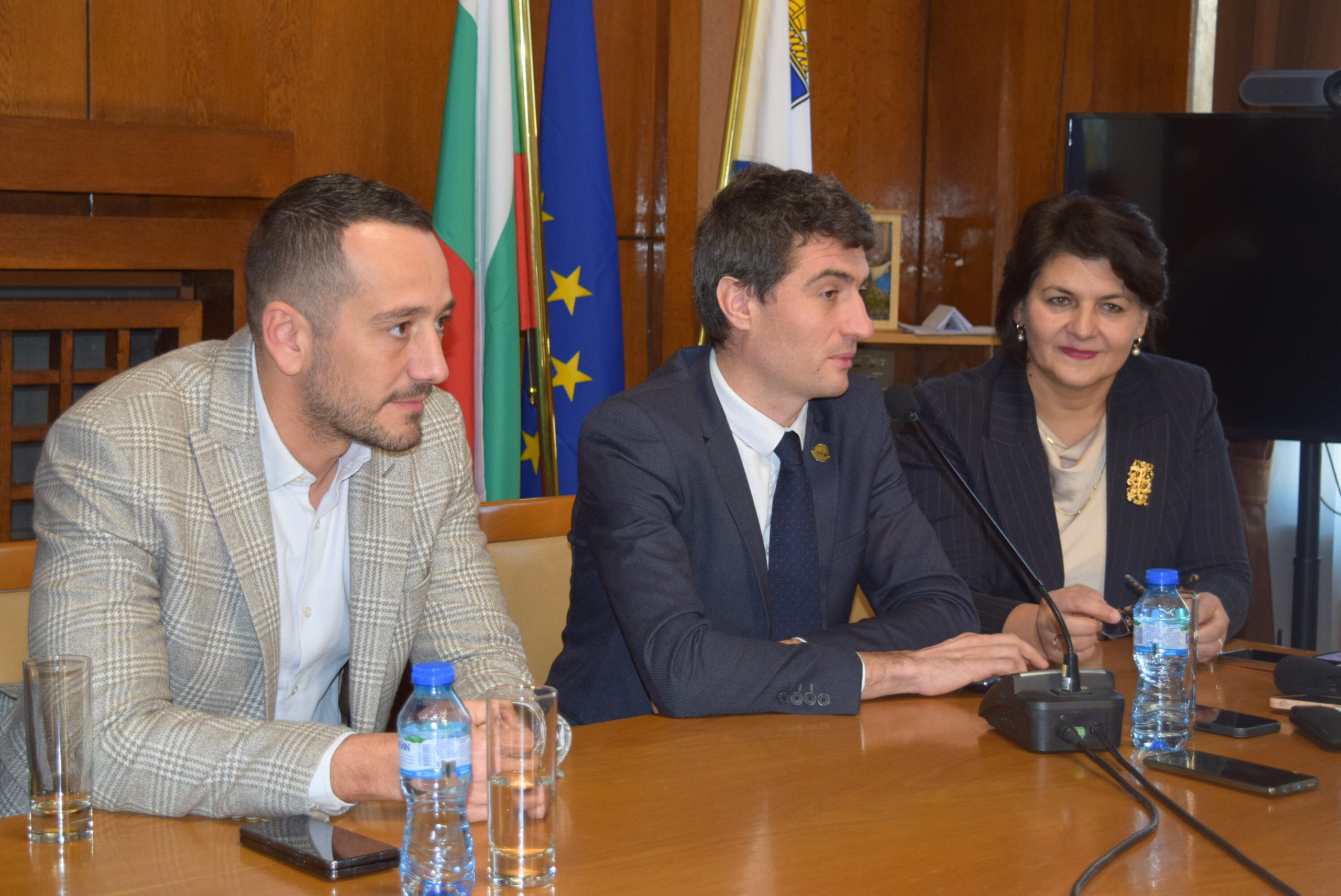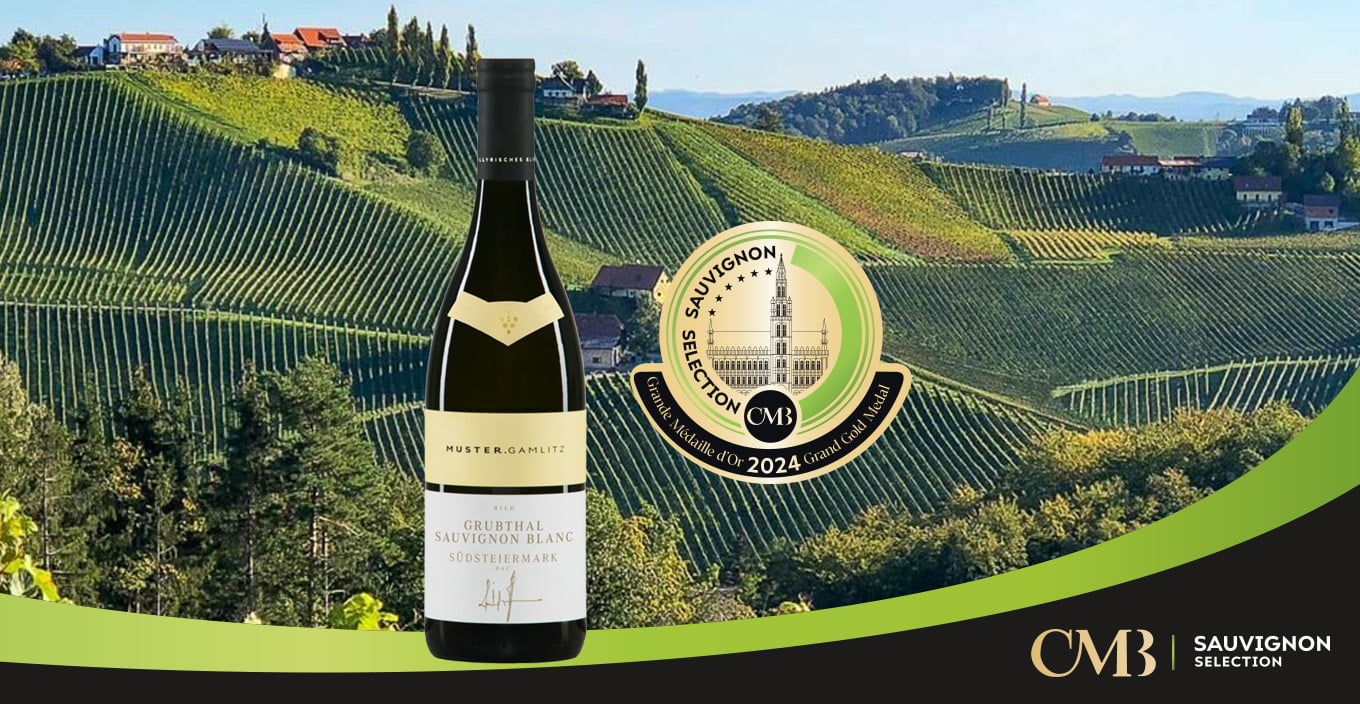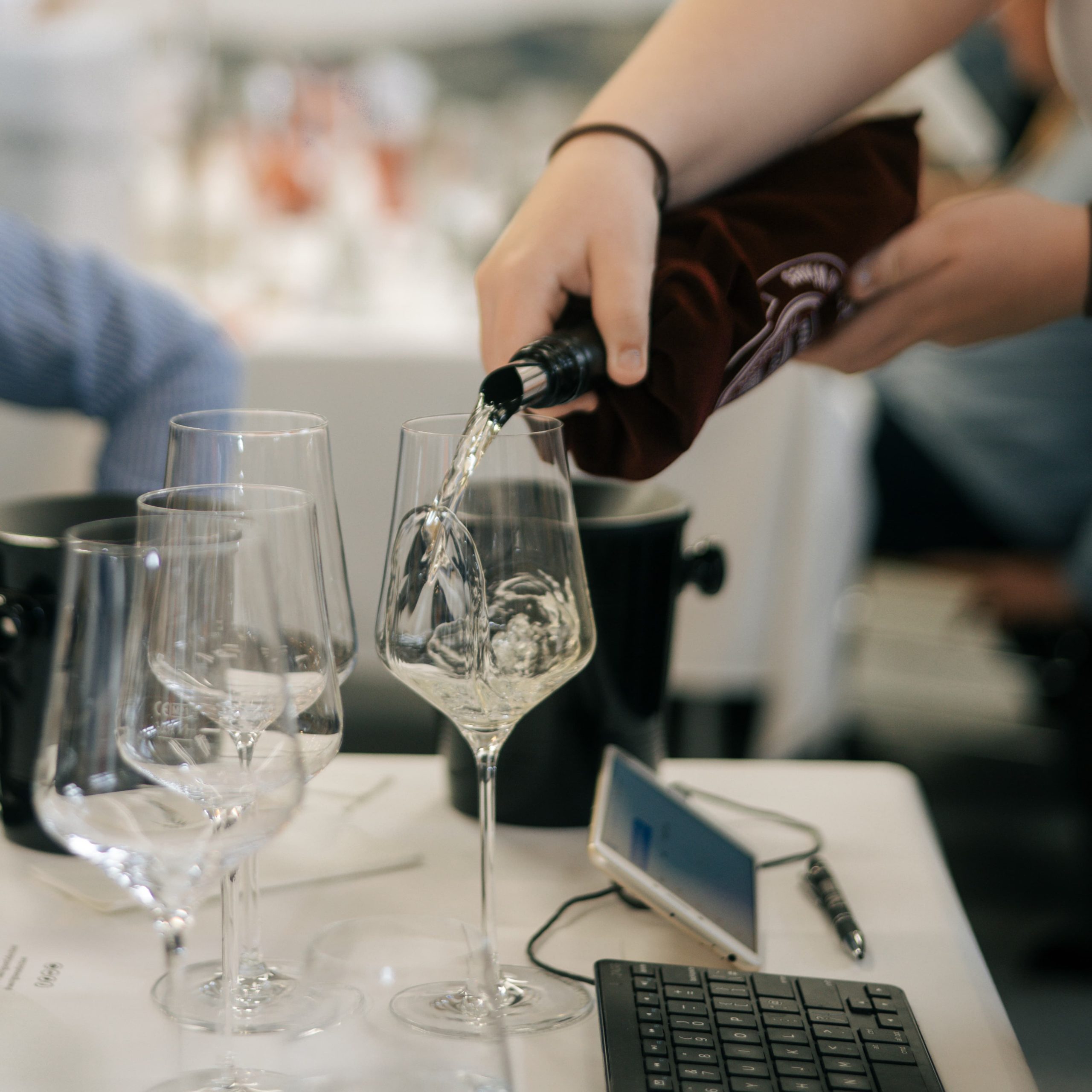In 2023, heading to South Africa
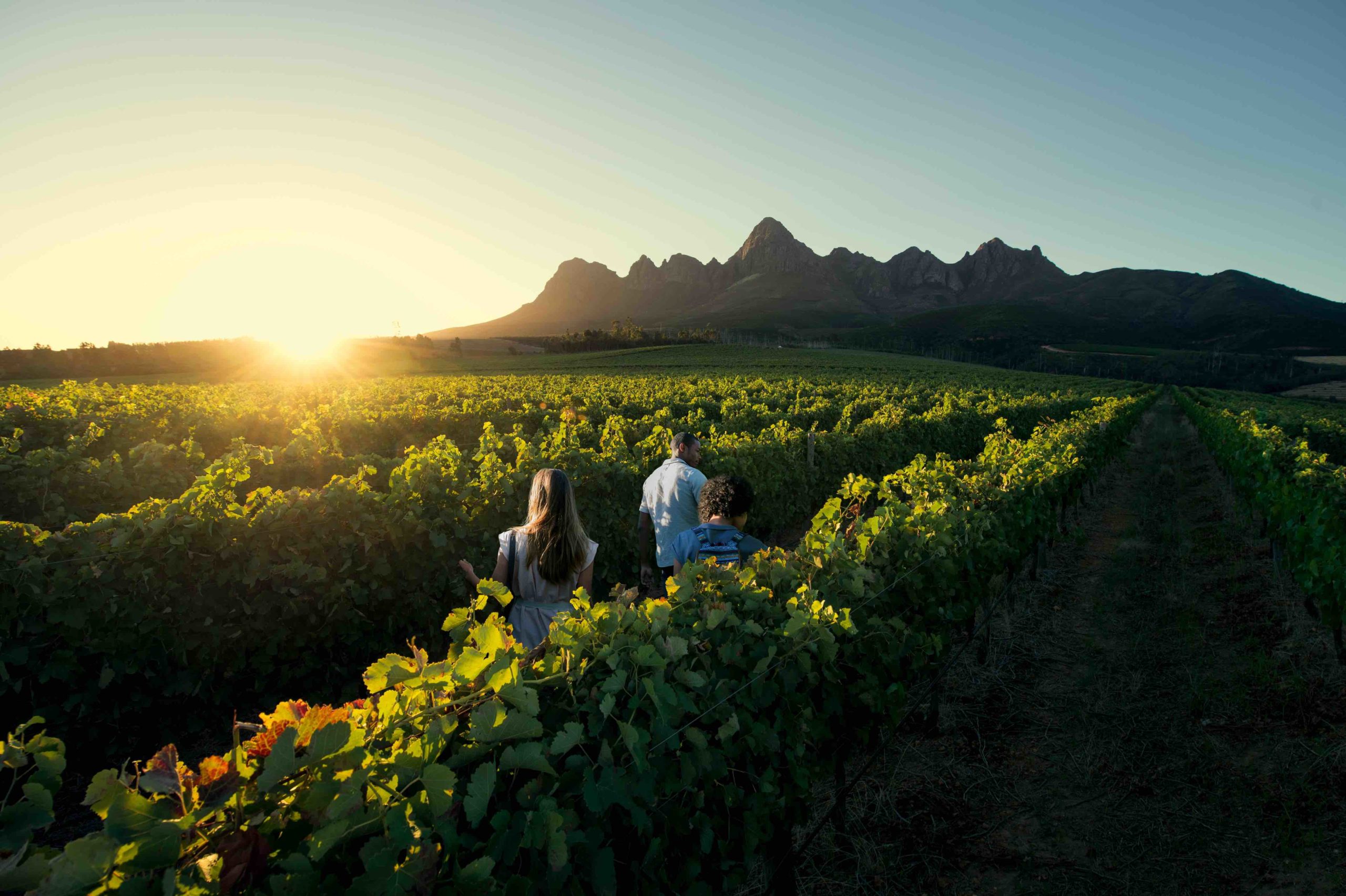
For the first time in the 14-year history of the Concours Mondial du Sauvignon, South Africa will be the host country of this prestigious competition dedicated to world-class Sauvignon Blanc, making it the first country outside of Europe to host this competition.
South Africa is ranked fifteenth among the countries with the biggest vineyard plantings. South African is rated sixth in the world among countries that export the most wine. South Africa is often classed among ‘New’ World winegrowing countries but its vinous history actually dates back to the 17th century when the Cape’s first governor, Jan van Riebeeck planted a vineyard and harvested the country’s first wines in 1659.
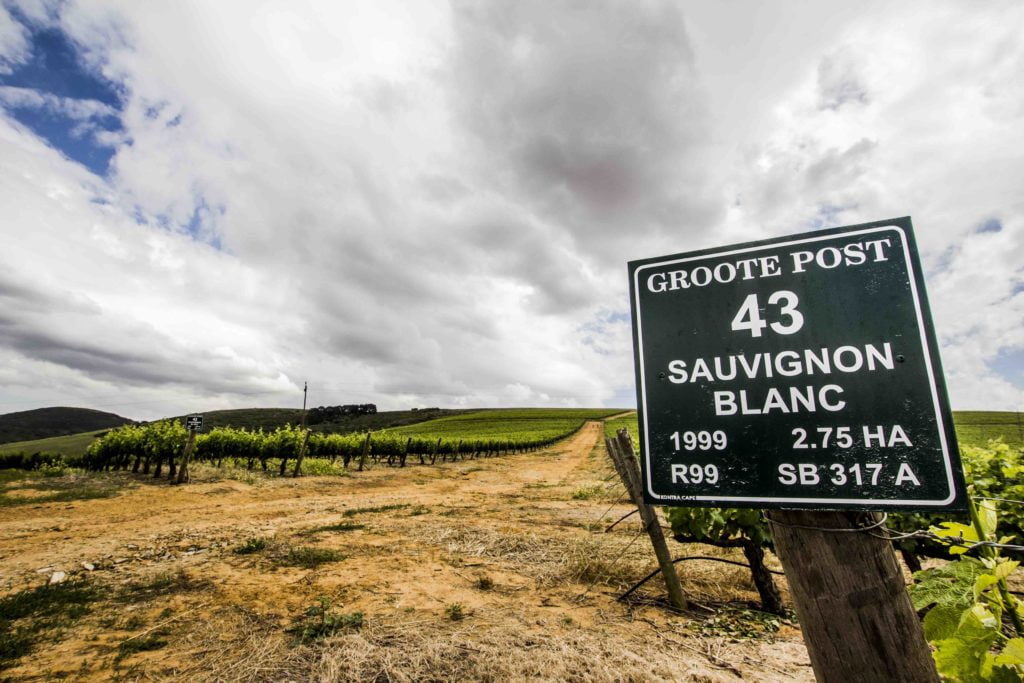
Sauvignon Blanc
Sauvignon Blanc is South Africa’s top selling cultivar and most exported varietal. The introduction of Sauvignon to South Africa can be less precisely dated but it is known that Sauvignon vines were planted at the highly lauded Groot Constantia estate in the late 1880s. According to Sauvignon Blanc South Africa, the first commercial Sauvignon varietal wine was produced by Verdun (now Asara) in 1977, with Backsberg and De Wetshof entering the fray in 1980. The oldest existing Sauvignon vineyards (planted in 1965) can be found at Spice Route’s Klein Amoskuil in the Swartland. Currently, Sauvignon holds a 10.9% share of total area under vine in South Africa and is the third-most planted grape in the country, irrespective of colour. Sauvignon is widely distributed across all the winegrowing regions of South Africa. The extremely varied geology and topography that characterise the Western Cape create myriad vineyard sites and as many variations on a theme for Sauvignon.
